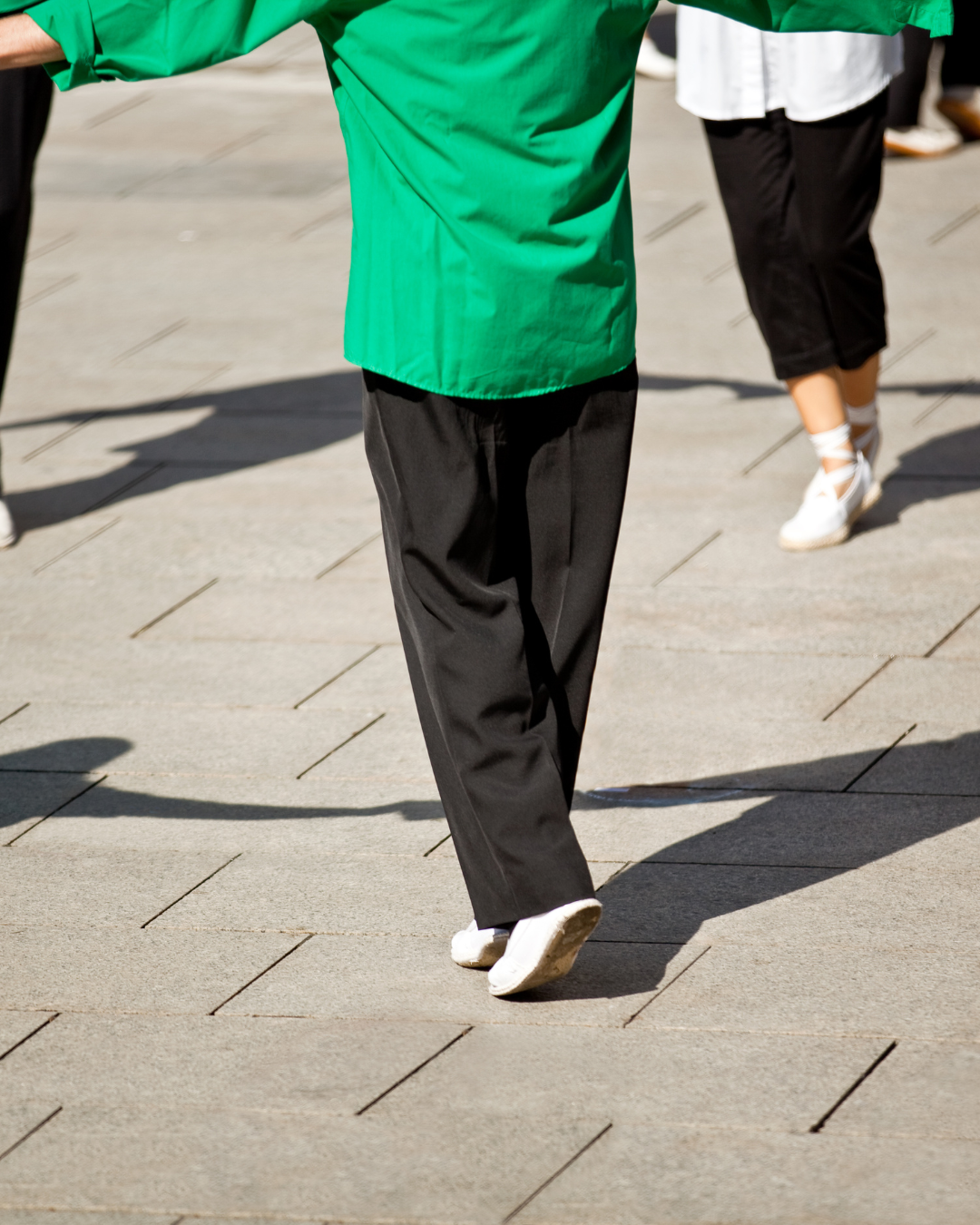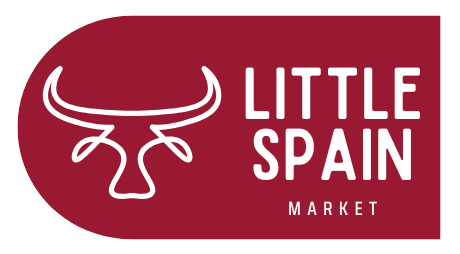
Sardana: The Catalan Dance of Unity
Share
The Sardana is more than just a traditional dance—it is a powerful symbol of Catalan identity, unity, and pride. Characterized by its circular formation and graceful movements, the Sardana embodies the communal spirit of Catalonia and has been passed down through generations.
In this blog, we explore the history, structure, and cultural significance of the Sardana, along with the best places to witness or participate in this iconic dance.
The History of the Sardana
The origins of the Sardana trace back to the 16th century, though its modern form developed in the 19th century, particularly in the region of Empordà in northeastern Catalonia. The dance gained widespread popularity thanks to composer Josep Maria Ventura (Pep Ventura), who refined its structure and incorporated the tenora, a wind instrument that defines Sardana music today.
During the Franco era (1939–1975), when Catalan culture was heavily repressed, the Sardana became a silent act of resistance. Today, it remains an enduring expression of Catalan identity and unity, frequently performed at public celebrations, festivals, and national events.
Structure and Elements of the Sardana
1. The Dance Formation
-
Dancers form a closed circle, holding hands.
-
The steps follow a pattern of short (curts) and long (llargs) steps.
-
The dance is open to anyone—locals and visitors alike can join in.
2. The Music
-
Performed by a cobla, a traditional Catalan ensemble.
-
The tenora (a type of oboe) plays a leading role in Sardana music.
-
Other instruments include trumpets, flabiol (a small flute), and double bass.
3. Symbolism
-
The circle represents equality, inclusivity, and unity.
-
The dance fosters a sense of community and national pride.
Where to Experience the Sardana
1. Barcelona: The Heart of Catalan Culture
-
Plaça de la Catedral – Regular Sardana performances take place outside the Barcelona Cathedral.
-
La Mercè Festival – One of the city's biggest festivals, featuring Sardana dances.
2. Girona: Traditional and Historic Setting
-
Plaça de la Independència – A beautiful square where Sardana groups frequently gather.
-
Temps de Flors Festival – A flower festival that often includes Sardana performances.
3. Figueres: Home of Pep Ventura
-
Sardana festivals in Empordà – Celebrations dedicated to Sardana’s birthplace.
-
Museu de l’Empordà – Learn about the dance’s history and development.
The Sardana Today
While rooted in tradition, the Sardana continues to thrive in modern Catalonia. Young generations are actively encouraged to learn and participate in the dance, ensuring its survival as a living piece of Catalan heritage.
The Sardana is not just a dance—it is a symbol of resilience, community, and the enduring spirit of Catalonia.
Conclusion
If you visit Catalonia, witnessing or joining a Sardana circle is an unforgettable experience. Whether in the bustling streets of Barcelona or the historic squares of Girona, the Sardana welcomes everyone to take part in a tradition that celebrates unity, culture, and the Catalan way of life.
Would you dare to join the dance?
